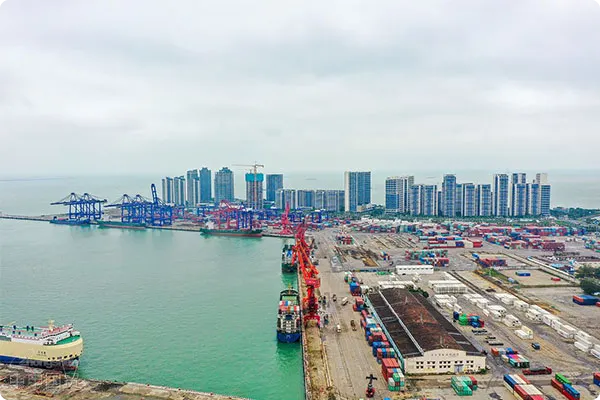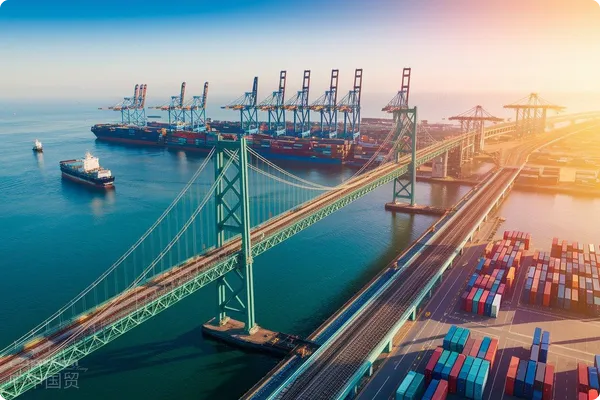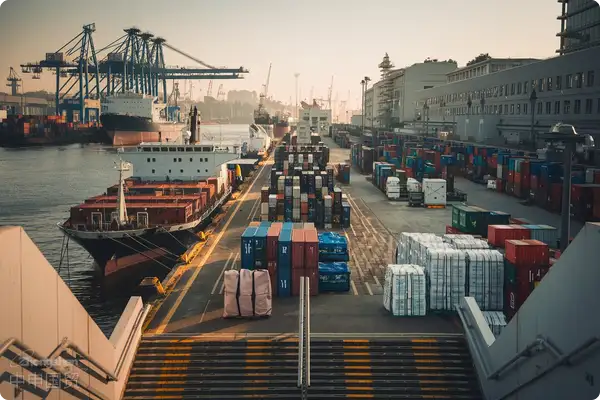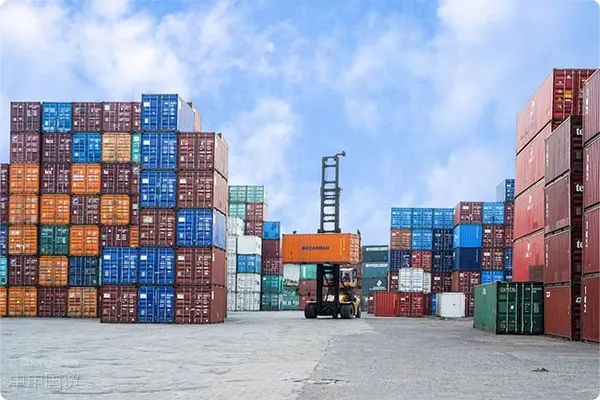- Shanghai Zhongshen International Trade Co., Ltd. - Two decades of trade agency expertise.
- Service Hotline: 139 1787 2118

In the complex environment of international trade, agencyExport Drawbackservices provide professional support for enterprises but must follow formal procedures. Understanding proper export tax rebate agency processes is crucial for safeguarding legal rights, improving capital efficiency, and mitigating tax risks. This article thoroughly analyzes key elements including qualification requirements, operational procedures, and compliance points.
I. Qualification Requirements for Export Tax Rebate Agency
Agency qualifications
– Legal Registration: Legitimate export tax rebate agencies must be legally registered enterprises. This means they must complete industrial and commercial registration per national regulations, obtain business licenses, and include export tax rebate agency services in their scope. For example, licenses should explicitly permitforeign tradeagency, tax agency, and related services.
– Professional Staffing: Professional financial and tax personnel are essential indicators of legitimacy. Staff should possess accounting/tax expertise and understand national rebate policies. For instance, they must pass professional qualifications like CPA or Certified Tax Agent to ensure accurate policy interpretation.
– Good Credit Record: Legitimate agencies should maintain sound commercial credibility. Enterprises can verify compliance history through credit information systems. Agencies with clean records better protect client interests and gain trust when dealing with customs/tax authorities.
Enterprise Qualification Coordination
– import and exportImport-Export Rights: Enterprises with import-export rights must ensure valid documentation (e.g., Foreign Trade Operator Registration) as prerequisites for rebate applications. Those without such rights must meet agency cooperation requirements when exporting under the agents name.
– Tax Compliance: Enterprises must maintain tax compliance, including accurate financial records and timely filings. For example, VAT declarations must be truthful since rebates are closely tied to VAT. Tax violations severely impact rebate processing.
II. Formal Export Tax Rebate Agency Procedures
Business Negotiation and Agreement Signing
– In-Depth Communication: Agencies and clients first conduct thorough discussions. Agencies assess feasibility/risks by understanding export types, scales, and product categories, while clients evaluate service scope, fees, and expertise.
– Signing Agreement: Both parties must sign detailed agency contracts specifying service scope (e.g., customs clearance, documentation, rebate filing), fee structures (percentage-based or fixed), and obligations (timely document submission by clients, accuracy guarantees by agencies).
Data Collection and Review
– Comprehensiveness of Documentation: Enterprises need to provide a complete set of documents to the agency. This includes the commercial invoice for exported goods, which should accurately specify the product name, quantity, unit price, total amount, etc.; the export contract, clearly defining the rights and obligations of both parties and transaction terms; the packing list, detailing the packaging of the goods; the customs declaration form, a crucial document for import and export; the special VAT invoice, which serves as the key basis for calculating the tax refund amount; and transportation documents such as the bill of lading. The agency must carefully review these documents to ensure their authenticity, accuracy, and completeness.
– Document Consistency Check: During the review process, special attention must be paid to document consistency. For example, the product name, quantity, and amount on the commercial invoice, customs declaration form, and transportation documents must match. Any discrepancies may result in the rejection of the tax refund application. The agency must possess keen review capabilities to promptly identify and assist enterprises in resolving such issues.
3. Export ClearanceTax Refund Declaration
– Customs Declaration Operations: If the enterprise lacks import and export rights, the agency will conduct the export customs declaration in its own name. During the customs declaration process, the agency must ensure the customs declaration form is filled out accurately and provide all necessary information as required by customs. Details such as the commodity code and product description on the customs declaration form directly affect the tax refund rate and amount, so they must be handled with care.
– Tax Refund Declaration Process: After compiling all required documents for the tax refund, the agency submits the tax refund declaration to the tax authorities. This process involves filling out various tax refund declaration forms, such as the Export Goods Tax Refund (Exemption) Declaration Details Form, and accurately entering relevant data. The tax authorities will review the declaration documents, and the agency must closely monitor the review progress, promptly respond to any inquiries from the tax authorities, and supplement or amend documents as required.
III. Compliance Points and Risk Prevention
Strict Adherence to Policies and Regulations
– Policy Update Tracking: Export tax refund policies are constantly adjusted and updated. The agency must closely monitor changes in national policies and regulations. For example, the tax refund rates for different products may change based on adjustments to national industrial policies. The agency must promptly communicate this information to enterprises and implement the new policies in operations.
– Anti-Fraud Compliance: The agency must ensure all operations comply with anti-fraud regulations. Fraudulent practices such as false export declarations or forged documents are strictly prohibited. If such practices are discovered, the enterprise may face severe legal penalties, and the agency may also be implicated. The agency should establish an internal compliance review mechanism to rigorously examine each tax refund agency transaction.
Risk Prevention Measures
– Internal Risk Control: The agency should establish a robust internal risk control system. For key operational processes such as document review and tax refund declaration, multiple layers of review mechanisms should be implemented to avoid risks caused by human error. Additionally, regular employee training should be conducted to enhance their professional skills and compliance awareness.
– External Risk Response: When facing external risks such as exchange rate fluctuations affecting tax refund amounts or trade frictions leading to adjustments in tax refund policies, the agency should develop response strategies in advance. For example, it can negotiate service fee adjustments with enterprises or provide suggestions for hedging against exchange rate risks to mitigate potential adverse effects.
Conclusion
Legitimate agency export tax refund is a complex business involving multiple factors. It requires the agency to possess comprehensive qualifications, strictly follow operational procedures, and focus on compliance points and risk prevention. For enterprises, selecting a legitimate agency and actively cooperating with related work can ensure compliance in the export tax refund process, improve capital efficiency, and enhance competitiveness in the international market. As the international trade environment continues to evolve, legitimate agency export tax refund services will also develop and improve to meet new demands and challenges.
Related Recommendations
? 2025. All Rights Reserved. 滬ICP備2023007705號(hào)-2  PSB Record: Shanghai No.31011502009912
PSB Record: Shanghai No.31011502009912










